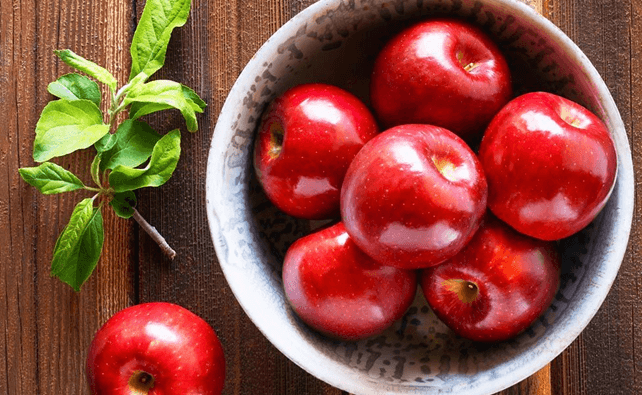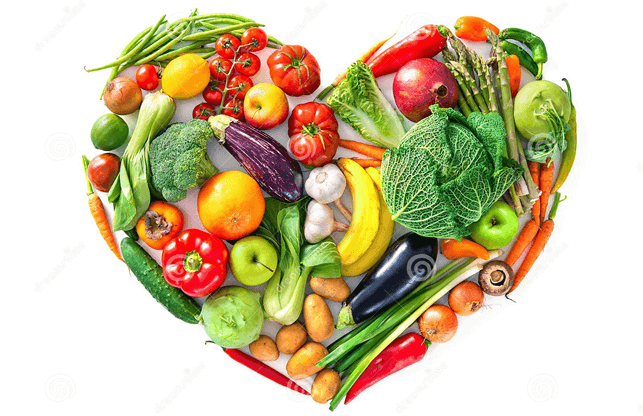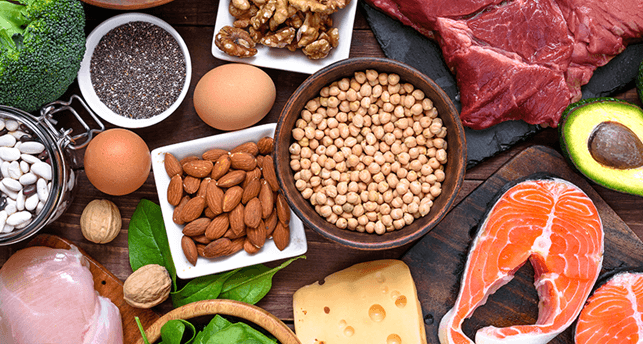The Glycemic Index (GI) measures the rate at which blood sugar rises. Foods with a high GI are digested and broken down very quickly, causing blood sugar to arise rapidly, resulting in an increase in insulin. While the glycemic index is a helpful tool to determine if a food spiked insulin levels, it’s impossible to remember thousands of foods and their glycemic and glycemic index. So what you need to do is divide your food and drink into the 5 major food groups and understand how each affects your insulin levels.
How 5 major food groups affect your insulin levels
1. Sweets
+ Beverages
Drinks like regular soda, fruit juice, or sports drinks have a lot of sugar. All sugary drinks will increase insulin levels, causing the body to store fat. You won’t lose weight if you drink sugary drinks.
Artificially sweetened beverages have no calories or sugar and don’t spike insulin levels. But from a craving perspective, many scientific studies have shown that using artificial sweeteners actually makes you crave carbohydrates and sugar more. As a result, you will end the day by eating more calories than you need. I recommend against drinking any soft drinks, including those with artificial sweeteners.
So what drinks can be drunk without skyrocketing insulin levels? Water. If you are bored of drinking water, you can add lemon, kumquat, cucumber, or fresh mint to the water. You can use iced tea or hot tea without sugar; You can also use coffee if you don’t add any sweeteners to it.

Beverages (Source: viracresearch)
+ Desserts
Any sweets like desserts, snacks, or soft drinks will spike insulin levels. Therefore, we advise you to avoid it.
+ Condiments and Sauces
Be careful when using any condiments and sauces. High-fructose Corn syrup is often used to sweeten them. If it tastes sweet, they can contain a lot of sugar.
If you’re going to use any sauces or condiments like ketchup or mustard, dip them on the sides instead of dipping your dish in sauce. You have much better control of how much you’re going to dip than if you pour them allover your foods.
2. Fruits
Instead of snacking on sweets, have fruit for breakfast. While all fruits contain sugar, some raise insulin more than others. Remember, the glycemic index measures the impact of foods on blood sugar.
+ Avoid eating high-Glycemic Index (GI) fruits such as watermelon, pineapples, bananas, and cantaloupes.
+ You can eat low GI fruits, but limit your portion sizes. Eating more than a fistful at a time will increase your insulin levels. There are many low GI fruits you can use. To keep it simple and easy to remember, you can eat a serving of an apple, orange, grape, or berry (such as cherries, raspberries, blueberries, blackberries, or strawberries). In addition, apples are a great source of fiber, both soluble and insoluble, that help you feel full.
The fruit you eat should be fresh and whole, as other forms such as dried, processed, or canned are all high in sugar. If eating fruit for an afternoon snack, it might not hold you until dinner compared with a handful of raw nuts.

Fruit is one of the 5 major food groups (Source: tuhocanhngu)
3. Grains
Nutritionists have taught us that multigrain bread and brown rice are healthy and should be part of our diets. It doesn’t matter whether multigrain bread and brown rice are good or bad. The point is that healthy grains raise our insulin levels.
Grains such as wheat, barley, oats, and rice are complex carbohydrates made up of long complex chains of simple sugars that break apart upon digestion to provide energy. Grains are used to make flour, bread, buns, pasta, pizza, cereal, crackers, cookies, and cakes. Cereals are high in calories and have the potential to raise blood sugar.
Many studies have shown that eating low GI foods, such as barley bread or brown rice, has many health benefits for diabetes. However, the Glycemic Load of both multigrain bread and brown rice is very high, thus they will increase your insulin level. In order to lower your insulin level, you need to avoid bread, tortillas, pasta, pizza, cereal, crackers, biscuits, cakes, pasta, and rice (both brown and white).

Grains (Source: thehealthy)
4. Vegetables
You can eat as many vegetables as you want, except for starchy vegetables like potatoes, corn, carrots, and turnips. Plant sugars are stored as starch in roots (such as carrots, beets, and beets), tubers (such as potatoes and sweet potatoes), or kernels (corn) of the plants.
You may be surprised to hear that potatoes are a “problem food” because they have been an important part of the human diet for thousands of years. Potatoes are still certified as a “heart healthy” food and are a good source of vitamin C, several B vitamins, and minerals, including potassium, magnesium, phosphorus, and iron. But many people don’t notice the effects of potatoes on insulin. The problem is how many potatoes people eat.
On the other hand, spinach, kale, lettuce, asparagus, celery, bok choy, cauliflower, cucumber, mushrooms, tomatoes, peppers, and green leafy vegetables, in general, are great choices.

Vegetables is one of the 5 major food groups (Source: dreamstime)
5. Proteins
Proteins are insulin-safe foods in the 5 major food groups because they have little or no carbohydrates. Protein includes meat, seafood, egg whites, dairy products, beans, and nuts.
+ Protein-rich foods will keep you full without raising insulin. By avoiding carbohydrates and eating more protein, you’ll lower your insulin levels and allow your body to burn fat.
Dieters often try to eat less meat because they believe they will lose weight faster. Truthfully, if you want to lose weight, you have to eat more protein; and this has to be done in a balanced way. Include beef, poultry, seafood, tofu, or egg whites in your diet.
+ Dairy products are usually high in protein and low in carbohydrates. Opt for cheese and Greek yogurt over milk or regular yogurt, and limit dairy only to breakfast. Skim or full-fat milk can spike insulin levels almost as much as a slice of white bread. Although butter and cream of milk do not raise insulin, they are both high in saturated fat, so use them in moderation.
+ Beans, Tofu, and Nuts. Vegetarians need a lot of protein in their lunch and dinner meals, so beans and tofu are good choices. If you’re not vegetarian, try to eat more meat, egg whites, or seafood because they tend to keep you fuller for a longer time than beans. Beans and nuts are high in protein, but they also have carbs, despite their low GI.
You should always choose raw nuts. If you want to roast nuts, choose dry-roasted nuts rather than oil-roasted. Also, eat only one portion of nuts as an afternoon snack between lunch and dinner and no other time. Nuts will keep you full until dinner compared with fruits.
Some nuts you can eat are pecans, walnuts, hazelnuts, almonds, peanuts. Nuts are filling and don’t lead to weight gain when you limit servings to a fistful. Eating more can lead to weight gain because they contain carbohydrates, fat and calories.

Proteins (Source: thethaokhoe)
Now that you know the five food groups and how they affect insulin levels. It’s important to categorize what you eat into one of the 5 major food groups: sweets, whole grains, vegetables, fruits, and protein.
>>> Related Posts
How fiber help in weight loss (4 benefits)
Function of insulin in the body (3 main functions)
Habits that make you lose weight effectively (6 natural habits)
Chunkz Weight Loss: His Secret To Shedding 42kg
>>> References
Thinsulin – the breakthrough solution to help you lose weight and stay thin – Charles T.Nguyen